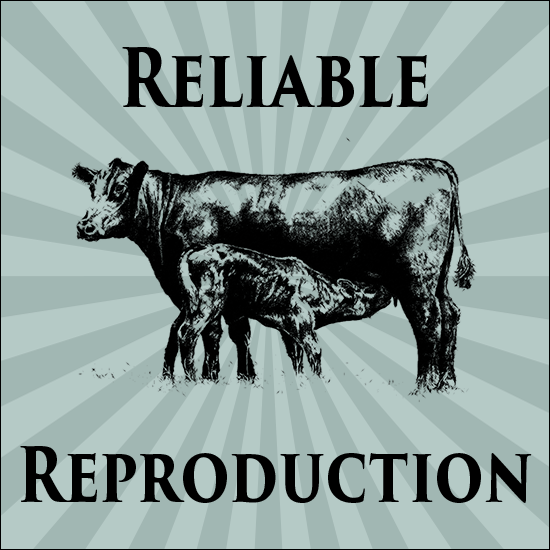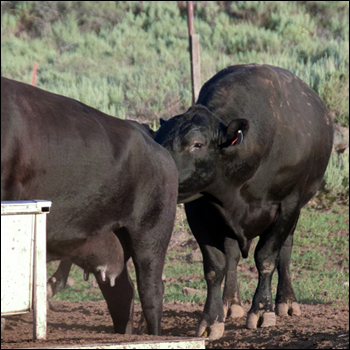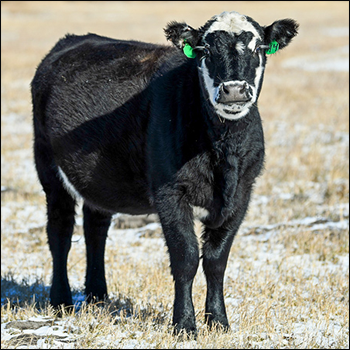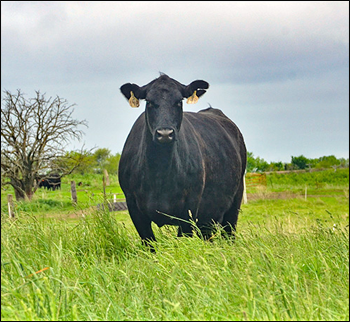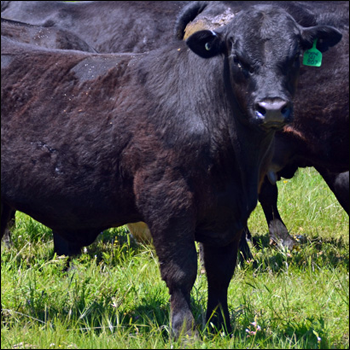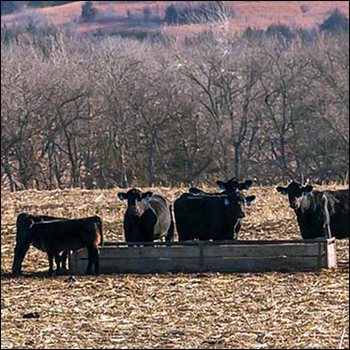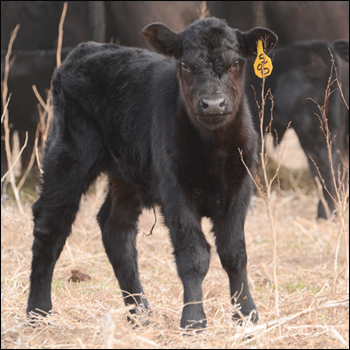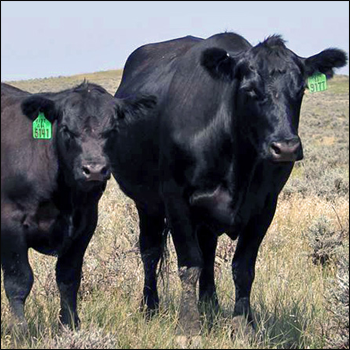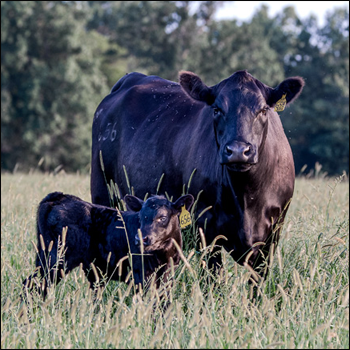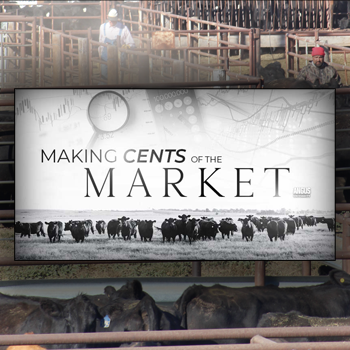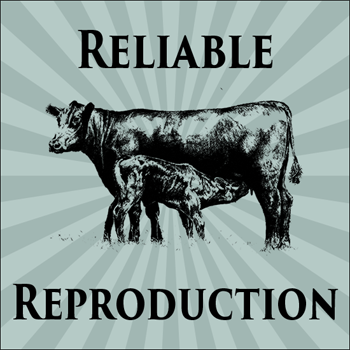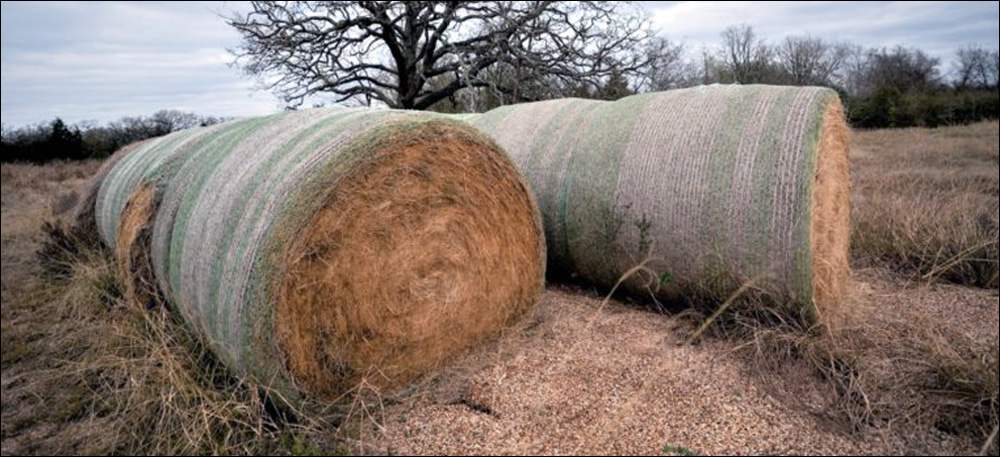
Hay bales are in high demand as cattle producers depend on above-average supplemental rations. [Photo courtesy Laura McKenzie]
Forage Producers Face Drought, High Fertilizer Costs
The best time to plan for expensive hay is now.
Forage producers are dealing with the ripple effects of dry conditions, sporadic cold temperatures and below-average cool-season production as hay supplies tighten for cattle operations, according to Texas A&M AgriLife Extension Service reports.
Hay producers are also facing production decisions due to high fertilizer costs that could contribute to even tighter supplies going into next fall.
The U.S. Drought Monitor reported that moisture levels continue to decline in most of Texas and surrounding states. Less than 4% of the state reported no drought conditions, while more than 70% of the state was experiencing severe to exceptional drought. Wildfires, fueled by dry, windy conditions, have covered more than 54,000 acres throughout Eastland County.
AgriLife Extension reports from multiple regions shared concerns among cattle producers regarding dwindling hay supplies as they provide larger rations of hay and feed to maintain body conditions amid poor cool-season grazing.
Vanessa Corriher-Olson, AgriLife Extension forage specialist in the Department of Soil and Crop Sciences, Overton, says weather has reduced production of cool-season forages like ryegrass, wheat and oats for baling and/or grazing. Conditions have been dry, but cold fronts and freezing weather have also contributed to poor forage production.
“It has been such a mild winter with sporadic cold weather, and it feels like we have received rains here and there, but nothing very significant,” she says. “We are dry, and our winter forages need moisture, so producers, at least in East Texas, are not having the success they’ve seen in the past.”
Forage producers see increased demand for bales
Reagan Noland, AgriLife Extension agronomist, San Angelo, says western parts of the state are also dealing with poor forage production conditions. Last hay season was better than average due to above-average rainfall, but the supply depleted quickly as drought set in.
New growth for winter grazing has been non-existent due to a lack of measurable rainfall since early September, he says. Livestock producers have relied on stockpiled forage, including standing dormant forages leftover from the growing season, baled hay and feed.
“A lot of local hay is being donated to livestock producers affected by the wildfires in Central Texas,” he says, “but I believe supplies are dwindling quickly.”
Corriher-Olson says hay quality and quantity in East Texas were below average due to excess rains throughout the hay season last year.
Bermuda grass was slow to emerge due to cooler, overcast conditions, which delayed the first cutting, she says. Subsequent rains denied access to fields for fertilization, weed and insect pest control, and timely harvests, which compounded quality and cutting issues. High humidity and tight windows to cure cut hay also led to diminished quality.
“The value was lowered because hay was cut and then rained on or the cutting was delayed past peak nutritional value,” she says. “Armyworms were another issue challenging forage producers’ ability to access pastures. There were a lot of factors that influenced cuttings and ultimately the quantity and quality of hay last year.”
Fertilizer alternatives, maximizing input investments
Corriher-Olson says the chief concern now among cattle and forage producers is high fertilizer prices. The economics of paying premium prices for nitrogen, phosphorous and potassium may cause some producers to reduce applications or forgo fertilizing hay fields at all, which would have a major effect on quality and yields.
Many forage producers are already seeking alternative fertilizers, like poultry litter, as a way to put nutrients in the soil, she says.
Corriher-Olson says producers need to test their soils to determine exactly how much nitrogen, phosphorous and potassium summer forages need to grow if rain arrives and persist if it remains dry.
“Most producers think about the nitrogen, and yes, it is important for production, but potassium provides persistence, especially through drought,” she says. “I worry they will cut back on potassium, which could lead to thinning or poor stands the following season.”
Forage producers also need to focus on timing applications to maximize efficiency, she says. Splitting nitrogen applications can decrease leaching and volatility. She also suggests producers wait until nighttime temperatures are in the 60s consistently to be sure Bermuda grasses are out of dormancy and growing.
“Some producers get antsy, but paying attention to temperature and timing is critical. Otherwise, you’re just fertilizing weeds,” she says.
Forage producers should plan ahead
Weed control should be another top priority for hay producers to minimize competition for forages, Corriher-Olson says. However, for producers with fenced meadows and water sources, this year might be a good time to graze more and concentrate inputs on the cleanest, best hay production acres. Cattle will recycle nutrients while grazing, and producers can maximize quality and yields where they cut and bale.
Corriher-Olson anticipates higher demand for hay going forward if producers statewide are hesitant to fertilize.
“Ranchers have to consider their need and invest accordingly, because prices per bale are likely to go up as hay producers recoup their input costs,” she says. “It is best to weigh options and plan now rather than face even more difficult decisions later.”
Editor’s note: Adam Russell is a communication specialist for Texas A&M AgriLife.

Angus Proud
In this Angus Proud series, Editorial Intern Jessica Wesson provides insights into how producers across the country use Angus genetics in their respective environments.
 Angus Proud: Scott Sproul
Angus Proud: Scott Sproul
Oklahoma operation learned wisdom of moving calving season to better suit their marketing needs.
 Angus Proud: Bubba Crosby
Angus Proud: Bubba Crosby
Fall-calving Georgia herd uses quality and co-ops to market calves.
 Angus Proud: Jim Moore
Angus Proud: Jim Moore
Arkansas operation retains ownership through feeding and values carcass data.
 Angus Proud: Les Shaw
Angus Proud: Les Shaw
South Dakota operation manages winter with preparation and bull selection.
 Angus Proud: Jeremy Stevens
Angus Proud: Jeremy Stevens
Nebraska operation is self-sufficient for feedstuffs despite sandy soil.
 Angus Proud: Dave Rutan
Angus Proud: Dave Rutan
Angus breeder gets the most out of his bull investment by partnering with opposite calving-season operation.
